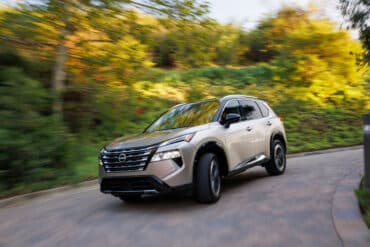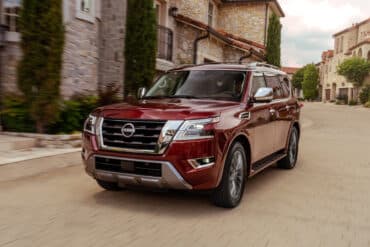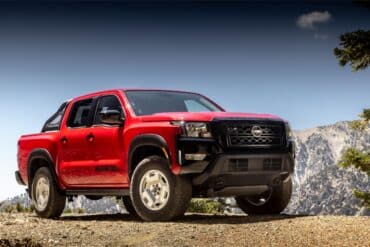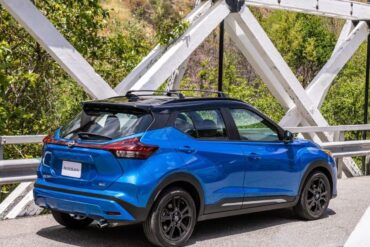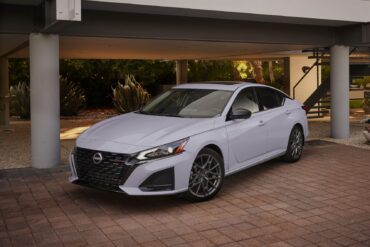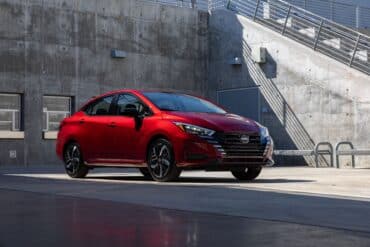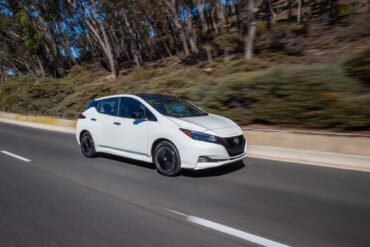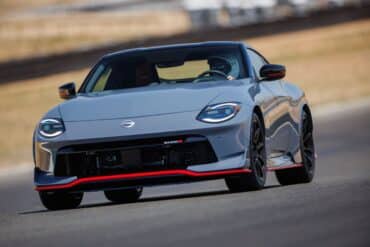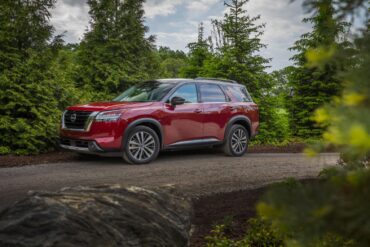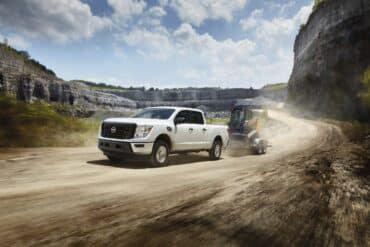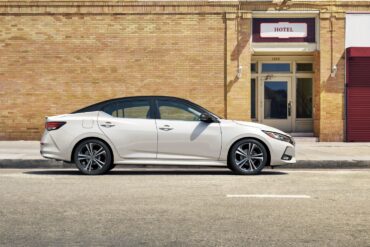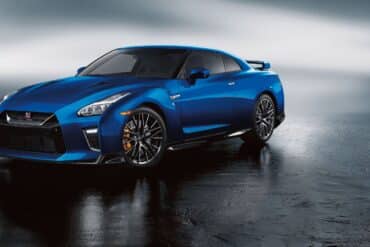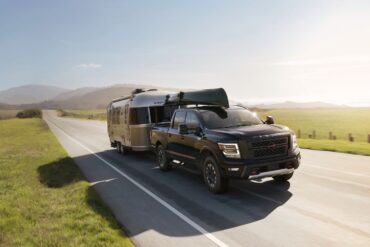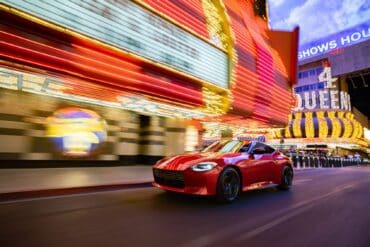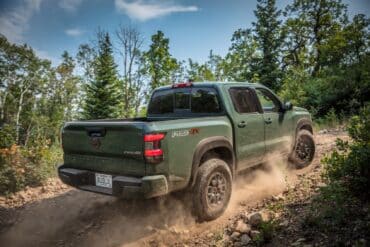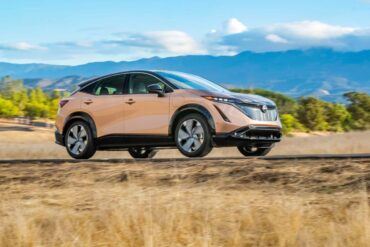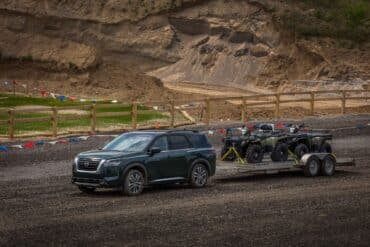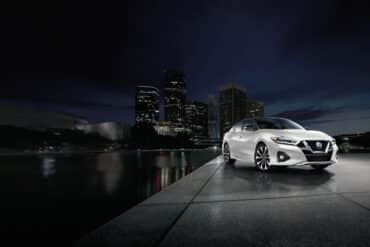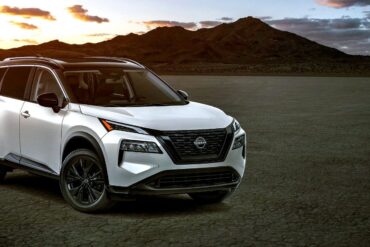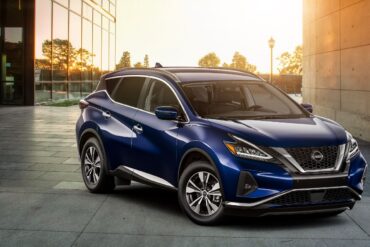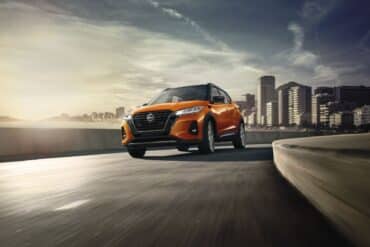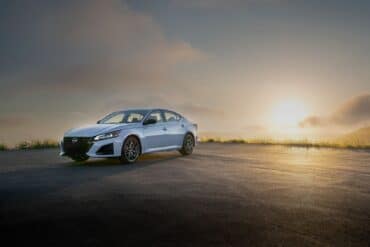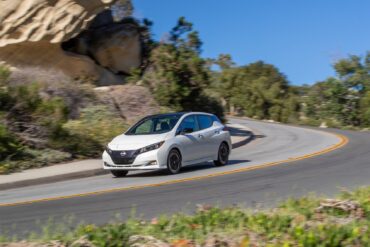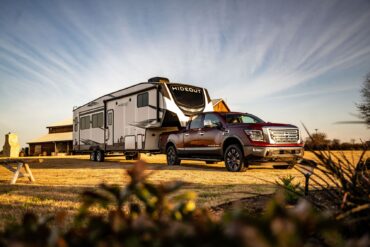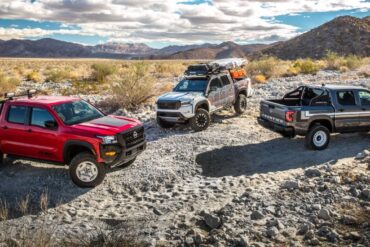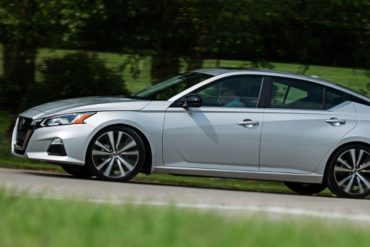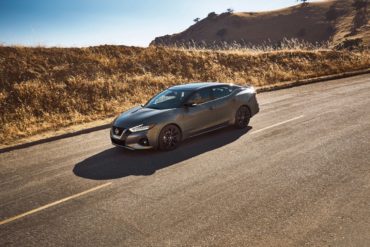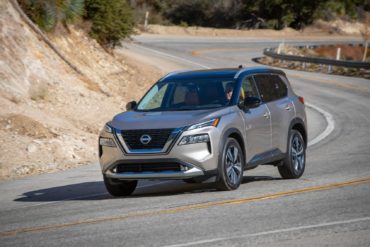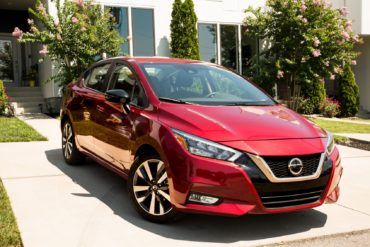Nissan gave the Rogue a few mindful updates for the 2024 model year to keep it competitive among its CR-V, CX-50, and RAV4 peers.
Nissan
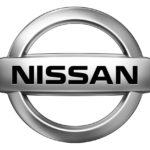
Nissan sells more than 60 models under the Nissan, Infiniti, and Datsun brands. The Sentra and Altima sedans are good for younger buyers, as is the smaller Kicks crossover. The 370Z comes from the long line of Z-Cars – a legendary line of classic sports cars.
The Leaf is one of the most recognizable EVs today, just as the GT-R is one of the most recognizable performance cars.
In terms of trucks, the Titan benefits from a redesign and is showing improvement, but it’s nowhere near catching the Big Three in terms of market influence.
The 2024 Nissan Armada features a body-on-frame architecture, V8 engine, and a seven or eight-seat interior with either captain's chairs or a second-row bench.
The 2024 Nissan Frontier will arrive in showrooms with a few significant changes, notably a throwback-inspired Hardbody Edition that the...
The 2024 Nissan Kicks could be the last model of the first-generation series that debuted in 2018. We heard through...
The 2023 Altima was the beneficiary of a significant refresh, making the 2024 Nissan Altima a carryover variant. However, Nissan...
The 2024 Nissan Versa is the outlier of the subcompact sedan segment. Its dearest contemporaries, the Kia Rio and Mitsubishi...
The 2024 Nissan Leaf is mostly unchanged after receiving a few external and internal updates for the 2023 model year....
The resurrected Nissan Z speaks highly to the wants and needs of sports car lovers yearning for a sense of...
The 2024 Nissan Pathfinder offers value, practicality, updated styling, and stout towing capability in the heavily-contested midsize SUV segment. Nissan...
The 2024 Nissan Titan will enter a competitive truck landscape with a standard V8, a new Bronze Edition package, a...
The 2023 Nissan Sentra remains part of the eighth-gen variant the Japanese brand unveiled in 2020, and it has a...
The 2023 Nissan Versa is an affordable little cruiser and a good option if you are not sold on a...
The Nissan GT-R and its penchant for physics-bending speed require no introduction. It’s been on the market since 2009 and...
Nissan has done what it can to keep the longstanding Titan fresh and capable against legacy frontrunners like the Ford...
The 2023 Nissan Z is the much-awaited seventh iteration of Nissan’s popular two-seat sports car. It debuted as the Nissan...
Three questions in three minutes: when the all-new Nissan Frontier debuted in 2022, we asked our editor Carl Anthony if he...
The 2023 Nissan Ariya is joining the burgeoning all-electric SUV bandwagon after Nissan pioneered one of the first mass-produced, modern...
The 2023 Nissan Pathfinder is the fifth generation of the brand’s iconic sport-utility vehicle. All-new for the 2022 model year,...
The 2023 Nissan Maxima is the swan song of the Japanese carmaker’s pseudo-luxury sport sedan. It was 42 years ago...
The 2023 Nissan Rogue is entering the market with a few changes after undergoing an extensive redesign and engineering rethink...
The 2023 Nissan Murano is undeniably getting long in the tooth, as they say. First introduced in 2015 and riding...
The Nissan Kicks debuted as a concept in 2014 and came to the U.S. in 2018 to replace the quirky-looking...
The 2023 Nissan Altima remains part of the sixth-generation variant that debuted in 2019 and is a worthy alternative to...
The 2023 Nissan LEAF is making its debut at the 2022 New York International Auto Show before it arrives at...
We have mixed emotions with the 2022 Nissan Titan. On the one hand, the Titan is a comfortable and highly-capable...
Japanese carmaker Nissan took its sweet time updating the Frontier midsize pickup. We don’t know why Nissan waited a good...
The 2022 Nissan Altima is the middle child between the compact Sentra and full-size Maxima. Like its stablemates, the Altima...
The 2022 Nissan Maxima is part of the current eighth-generation model unveiled in 2015. As it stands, the Maxima is...
Nissan is performing a double-take with its 2022 Rogue five-seat crossover. The Rogue got a complete redesign for the 2021...
The 2022 Nissan Versa is the Japanese automaker’s prime contender in the subcompact segment. Regarded as one of the most...

